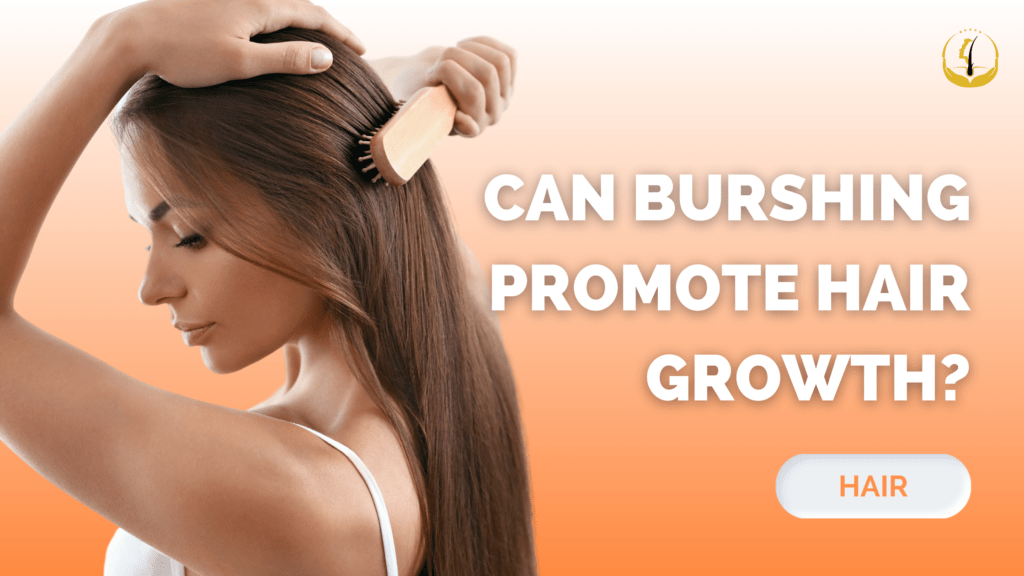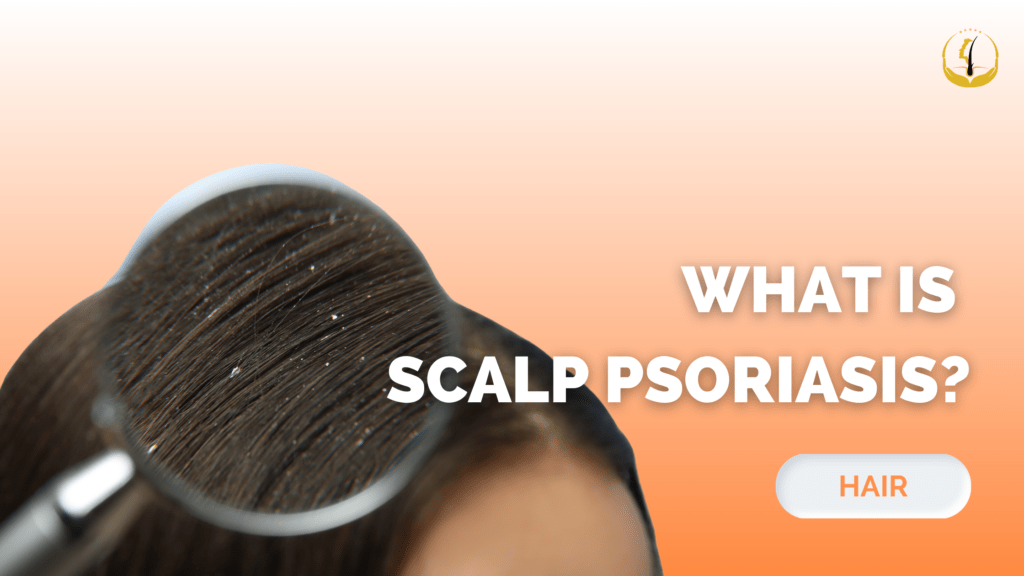8 Signs of Infection After Breast Surgery
Breast surgery, whether it’s for cosmetic enhancement or medical reasons, is a significant procedure that requires proper care and attention during the recovery process. While complications are relatively rare, one potential concern is the risk of infection. Infections after breast surgery can delay healing and result in serious complications if left untreated. In this blog post, we will be discussing the eight key signs of infection after breast surgery and what you should do if you notice any of these symptoms. Persistent Pain and Swelling Some degree of pain and swelling is normal after breast surgery, but if you notice that these symptoms persist or worsen after the initial recovery period, it could be a sign of infection. Infections can cause localized inflammation, making the surgical site more tender and swollen than expected. Redness and Warmth If you observe increased redness and warmth around the surgical area, it may indicate an infection. This is due to the body’s immune response to the infection, leading to increased blood flow to the affected area. Keep an eye out for any changes in skin color or temperature. Fever A fever is a common sign of infection in the body. If your body temperature exceeds 100.4°F (38°C), it’s essential to contact your surgeon immediately. Fever is a clear indicator that your body is fighting off an infection, and prompt medical attention is necessary. Pus or Unusual Discharge Any discharge from the surgical incision site should be clear or slightly bloody during the early stages of recovery. However, if you notice pus, a foul odor, or a sudden increase in discharge, it may signal an infection. Do not hesitate to contact your surgeon if you observe these changes. Increased Pain While some discomfort is expected after breast surgery, a sudden and significant increase in pain can be a warning sign of infection. If you find that your pain becomes more severe rather than improving as expected, consult your healthcare provider promptly. Worsening Fatigue Feeling tired during the initial recovery phase is normal, but if your fatigue worsens instead of improving, it might be due to an infection. Infections can tax your body’s energy resources as it fights off the invading pathogens. Changes in Surgical Site Appearance Pay close attention to the appearance of your surgical site. If you notice any new or unusual developments such as open wounds, blisters, or the separation of sutures, it could be indicative of an infection. Proper wound care is essential to prevent complications. Unusual Odor An unpleasant or foul odor coming from the surgical area may be a sign of infection. Infections can produce distinct smells due to the presence of bacteria or other pathogens. If you detect an unusual odor, seek medical attention promptly. What to Do If You Suspect an Infection If you experience one or more of these signs of infection after breast surgery, it’s crucial not to ignore them. Timely intervention is essential to prevent the infection from spreading and causing more severe complications. Here’s what you should do: Contact Your Surgeon: Reach out to your surgeon or healthcare provider as soon as you notice any concerning symptoms. They can assess your condition and recommend the appropriate course of action. Follow Medical Advice: Listen to your healthcare provider’s instructions carefully. They may prescribe antibiotics or other treatments to manage the infection. Maintain Good Hygiene: Keep the surgical site clean and follow proper wound care instructions to prevent further complications. Rest and Stay Hydrated: Resting and staying hydrated will help your body recover more efficiently and fight off the infection. Infections after breast surgery are rare, but it’s crucial to be vigilant and aware of the signs. By recognizing the early warning signs of infection and seeking prompt medical attention, you can help ensure a smoother and safer recovery process. Remember that GLOJAS experts and the healthcare team are here to support you throughout your recovery journey, so don’t hesitate to reach out if you have any concerns. Your health and well-being are our top priorities during this time! Click the link to learn more about Breast: “Get Your Freedom Back with Breast Reduction” At Glojas, we welcome clients to reach out to us directly to schedule a free initial consultation. We offer guidance and valuable insights on how best to address your specific challenges. Let us assist you in navigating your journey with confidence and clarity.
Can Burshing Promote Hair Growth?

Many people dream of having thick, luxurious hair, and they are willing to try various methods to achieve it. One popular belief is that brushing your hair can promote hair growth. But is there any truth to this claim? Let’s explore the relationship between brushing and hair growth, considering the scientific evidence and expert opinions. The Brushing Myth The idea that brushing your hair can stimulate hair growth is a common myth. It’s often suggested that brushing improves blood circulation to the scalp, which in turn nourishes hair follicles and encourages hair growth. While this theory sounds plausible, it’s essential to examine the scientific basis behind it. The Truth About Brushing Brushing your hair does have some benefits, but it’s important to understand its limitations. Regular brushing helps distribute natural oils produced by the scalp, called sebum, along the hair shaft. This can make your hair appear shinier and healthier. Brushing also helps remove tangles and prevents hair breakage, which can make your hair look thicker. However, the idea that brushing alone can significantly promote hair growth is not supported by scientific evidence. Hair growth primarily depends on factors like genetics, hormones, diet, and overall health. While brushing can contribute to hair health, it’s not a magical solution for achieving Rapunzel-like hair. Brushing Techniques Matter If you choose to brush your hair regularly, it’s essential to use the right techniques and tools to minimize damage and maximize the benefits. Here are some tips: Use a gentle brush: Opt for a soft-bristle brush or a wide-toothed comb to avoid pulling and breaking your hair. Brush with care: Start brushing from the tips and work your way up to the roots. Be gentle and avoid aggressive brushing, especially when your hair is wet, as it’s more prone to damage when wet. Don’t overdo it: Excessive brushing can lead to hair breakage. Aim for a balance between keeping your hair tangle-free and avoiding over-brushing. Clean your brush: Regularly clean your brush to remove dirt, oils, and hair products, which can transfer to your hair and scalp. The Role of Scalp Massage While brushing alone may not promote hair growth, scalp massage is a technique that some people believe can have a positive impact. Scalp massage can improve blood circulation to the scalp, which may help deliver more nutrients to the hair follicles. However, it’s important to note that the effects of scalp massage on hair growth are still under research, and results may vary from person to person. In conclusion, while brushing your hair is an essential part of hair care, it’s not a guaranteed method for promoting hair growth. Hair growth is a complex process influenced by various factors, including genetics, hormones, and overall health. While brushing can contribute to hair health by distributing natural oils and preventing breakage, it’s not a magical solution for achieving rapid hair growth. If you’re concerned about hair loss or want to stimulate hair growth, it’s advisable to consult with GLOJAS experts. We can provide personalized advice and recommend treatments that are backed by scientific research. Remember that maintaining a healthy diet, managing stress, and avoiding harsh hair treatments are also crucial factors in maintaining and promoting hair growth. So, while brushing can be a part of your hair care routine, it’s not the only answer to achieving the luscious hair you desire. At Glojas, we welcome clients to reach out to us directly to schedule a free initial consultation. We offer guidance and valuable insights on how best to address your specific challenges. Let us assist you in navigating your journey with confidence and clarity.
What Is Scalp Psoriasis?

Scalp psoriasis, a chronic skin condition affecting millions globally, poses both physical discomfort and emotional stress. In this comprehensive discussion, we will delve into what it entails, exploring its causes, symptoms, and available treatment options. Understanding Scalp Psoriasis A specific type of psoriasis, involves the chronic autoimmune disorder characterized by the rapid buildup of skin cells. While a healthy individual experiences a natural skin cell growth cycle over a month, psoriasis accelerates this process. The result is the formation of thick, scaly, and itchy patches on the skin, specifically targeting the scalp. Causes The precise cause of psoriasis, including its manifestation on the scalp, remains elusive. However, it is widely acknowledged to be a complex interplay of genetic and environmental factors. Common triggers and risk factors associated with scalp psoriasis encompass: Genetics: Family history significantly increases the risk, with certain genes implicated in its development. Immune System Dysfunction: An overactive immune system attacks healthy skin cells, triggering the rapid turnover seen in psoriasis. Stress: Elevated stress levels correlate with the onset and exacerbation of psoriasis symptoms, including those on the scalp. Infections and Injuries: Infections like streptococcal throat infections and scalp injuries can provoke or worsen. Medications: Certain drugs, including lithium, beta-blockers, and antimalarial medications, are known to exacerbate psoriasis symptoms. Symptoms Scalp psoriasis manifests in diverse ways, with varying severity among individuals. Common symptoms include: Reddish patches: Skin patches covered with silvery scales or plaques. Itching and burning: Intense itching and discomfort often lead to scratching, exacerbating the condition. Flaking: Flakes resembling dandruff appear on the scalp, shoulders, and clothing. Hair loss: Severe cases may result in temporary hair loss, with regrowth typically occurring post-treatment. Dryness and cracking: Affected skin becomes dry, leading to cracking and, in severe cases, bleeding. Treatment While there is no outright cure, numerous treatment options can effectively manage symptoms and enhance the quality of life for those affected. These treatments encompass: Topical Treatments: Creams, ointments, and shampoos containing corticosteroids, coal tar, salicylic acid, or calcineurin inhibitors effectively reduce inflammation and scaling. Phototherapy: Controlled exposure to natural or artificial ultraviolet (UV) light slows down skin cell turnover. Oral Medications: In severe cases, immune system-suppressing medications like methotrexate, cyclosporine, or biologics may be prescribed. Lifestyle Changes: Stress management, a healthy diet, and avoidance of triggers like alcohol and smoking helps. Scalp psoriasis presents a challenging management scenario, but with the right approach and treatment, individuals can find relief from its symptoms and improve their quality of life. If suspecting scalp psoriasis, consulting a dermatologist for an accurate diagnosis and a tailored treatment plan is crucial. While a cure may be elusive, it is manageable, allowing individuals to lead fulfilling lives with proper care and attention.






